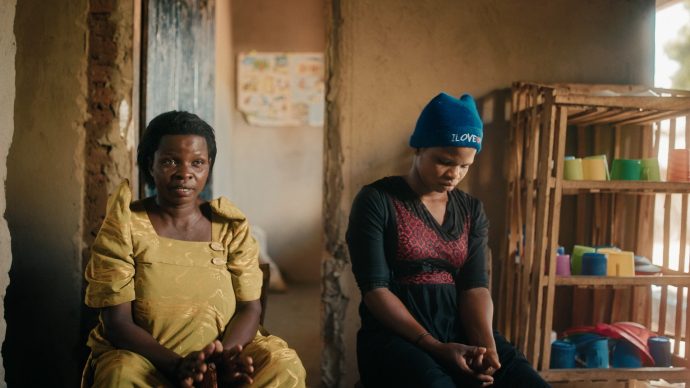FNs Arbejdsorganisation (ILO) fremlægger barske tal i ny rapport, der beskriver millioner af menneskers skæbne med gældstrældom, menneskehandel og anden form for tvungent arbejde – 5,5 mio. af dem er under 18 år.
GENEVA, 1 June 2012: Almost 21 million people worldwide are trapped in jobs into which they were coerced (tvunget) or deceived and which they cannot leave, according to new estimates by the United Nations labour agency.
Released Friday by the International Labour Organization (ILO), the “2012 Global Estimate of Forced Labour” found that the Asia-Pacific region accounts for the largest number of the 20,9 million forced labourers in the world – 11,7 million, or 56 per cent, of the global total.
This is followed by Africa at 3,7 million and Latin America with 1,8 million victims.
The ILO also found that 5,5 million forced labourers, or 26 per cent, are below 18 years of age.
According to ILO, forced labour takes different forms, including debt bondage (gælds-slaveri), trafficking (menneskehandel) and other forms of modern slavery, with the victims normally the most vulnerable – women and girls forced into prostitution, migrants trapped in debt bondage, and sweatshop or farm workers kept there by clearly illegal tactics and paid little or nothing.
In the new estimates, 18,7 million people – 90 per cent of the total – are exploited in the private economy, by individuals or enterprises.
Of these, 4,5 million are victims of forced sexual exploitation and 14,2 million are victims of forced labour exploitation in economic activities, such as agriculture, construction, domestic work or manufacturing.
Millioner knokler i fangelejre
Another 2,2 million people are in state-imposed forms of forced labour, such as in prisons under conditions which violate ILO standards, or in work imposed by the state military or by rebel armed forces.
“We have come a long way over the last seven years since we first put an estimate on how many people were forced into labour or services across the world,” the head of the ILO’s Special Action Programme to Combat Forced Labour, Beate Andrees, said.
“We have made good progress in ensuring most countries now have legislation in place which criminalises forced labour, human trafficking and slavery-like practices”, added she.
She noted that it is now necessary to focus on better identification and prosecution of forced labour and related offences such as human trafficking.
“The successful prosecution of those few individuals who bring such misery to so many remains inadequate – this needs to change,” Ms. Andrees said.
“We must also ensure that the number of victims does not rise during the current economic crisis where people are increasingly vulnerable to these heinous (afskyvækkende) practices.”
The ILO hopes that the availability of more accurate information on the problem will enable the international community to take more effective measures to end the crime of forced labour.
Se også grafik og statistikker på
http://www.ilo.org/global/about-the-ilo/press-and-media-centre/news/WCMS_181961/lang–en/index.htm
Kilde: FNs Nyhedstjeneste














